Explain How Sound Travels Differently Than Light
Sound travels as a wave. In water sound travels at 1400 ms in wood at 4000 ms and in.

Sound The Science Of Waves How They Travel How We Use Them
Thats why sound travels much faster through lead for example than rubber which has very low elastic properties.

. 5What is the speed of sound. The molecules in solids are packed very tightly. Light waves do not need a medium in which to travel but sound waves do.
The faster waves travel the more crests or compressions pass by you each second. Just as solid objects allow sound to travel faster than less dense ones the density of gasses affect how quickly. Sound energy is produced when an object vibrates.
Why does sound go faster in some things than in others. Compared to light waves sound waves creep along at a snails paceabout a million times slower. Sound is made when atoms compress into each other and hit your ears and make the eardrums vibrate.
A dog can hear a whistle that you cannot hear because dogs can hear sounds at higher frequencies than humans can. It moves four times faster through water than through air. Sound is a longitudinal wave but light is a transverse wave.
Sound waves are longitudinal waves they propagate though space from particles colliding with each other. Now the timescale for example the oscillation speed or the wave speed for light is much faster than that for sound so sound doesnt even notice when light is around. This question is about light.
The sound travels faster in solids than it does in liquids or gases as the speed depends on the density of the material. Humidity lowers the density of air so much for humid air feeling heavy which makes it travel slightly faster. The amount of power that a light bulb uses is directly related to the intensity of the light waves that it puts out.
Matter air liquid solid wood. Sound waves need to travel through a medium such as solids liquids and gases. Sound Sound is only a wave whereas light exhibits both wave and particle properties.
Sound can only travel through a medium substance while light can travel through empty space. No there is no sound in space. Sound vibrations move longitudinally through the air.
Students explore how sound waves move through liquids solids and gases in a series of simple sound energy experiments. Sound is made of vibrations aka rapid pressure fluctuations in air water or solid material. Because of that heat makes sound travel faster too.
You may include a diagram in your answer. Sound must have a medium. Frequency is used to distinguish one color of light from another as well as one sound from another.
You see lightning much sooner than you hear it because the light waves reach you pretty much instantly while the sound waves take about 5 seconds to cover each 16 km 1 mile. Sound travels the slowest through a gas matter because the particles are spread apart from each other so it is harder for the energy in the vibrations from the sound to hit the particles to make sound. Explain how the sound heard by student A changes.
Materials with higher elastic properties return to their normal shape faster making it easier for sound to travel through them. If you want to calculate things yourself a crude formula is given by c s c C T m where c s is the speed of sound c is the speed of light C 1534 10 40 k g K is the gas constant expressed in suitable units T is the temperature and m is the mass of. Sound travels in waves.
Yes sound can travel under the water. Sound waves being longitudinal are slower than light waves and do not travel through a vacuum eg. Sound travels faster in a solid matter because the particles are closer together so the sound waves dont have to travel that far.
You can calculate the speed of a wave if you know its wavelength and frequency using the equation below. Sound waves travel faster in liquid and slower in solids. Volume is how loud or soft a sound is amplitude of wave.
698 CHAPTER 24 Waves Sound and Light Wave Speed The speed of a wave depends on the medium in which the wave travels. Sound is a form of mechanical energy caused by vibrations of matter. And gases are very loosely packed.
Understanding the properties of sound and how sound waves travel helps engineers determine the best room shape and construction materials when designing sound recording studios classrooms libraries concert halls and theatres. Sound is ENERGY that can be heard. The speed of a wave depends on the medium.
Sound waves travel faster if temperature is increases. Sound needs a material medium to travel light can propagate through vacuum also. Light travels much faster than the sound.
This causes the velocity of the sound wave to normally be small audible to our ears. For example red light is different from blue light because red light has a lower frequency. Here are some differences.
A Sound wave is regarded as Longitudinal waves while light waves are referred to as transverse waves. Speed in ms Frequency in Hz x wavelength in m v fy V wave speed f frequency. A Diagram 1 shows a light ray entering a glass prism.
Sound wave can be reflected and refracted just as in light waves and can give rise to interference phenomena. A light wave is a transverse wave meaning that its displacement. A A buzzer produces a sound wave of frequency 29 kHz and wavelength 12 cm.
Light waves have intensity just as sound waves do. Light waves travel much faster than sound waves. Light is made of vibrations in the electric and magnetic fields.
Light waves travel more slowly in liquids and solids than they do in gases or in a vacuum. It moves about thirteen times faster in wood than air. The sound vibrations cause waves of pressure that travel through a medium such as air water wood or meta.
Liquids are not packed as tightly. Explain that unlike sound light waves travel fastest through a vacuum and air and slower through other materials such as glass or water. Sound travels through air at 1120 feet 340 meters per second.
How does sound travel differently than light. Sound intensities given in watts per square meter can be directly compared between water and air. This is because they are longitudinal waves.
However no polarization phenomena can be obtained with sound waves unlike light waves. Gases are less dense than liquids or solids so when sound moves through them the gas molecules bump into each other less frequently because they are more spread out. The sound waves move through each of these mediums by vibrating the molecules in the matter.
Heat makes air molecules move around faster so theyre more ready to carry a pressure wave than slower-moving molecules. Light is electromagnetic energy caused by. Sound needs something to travel through.
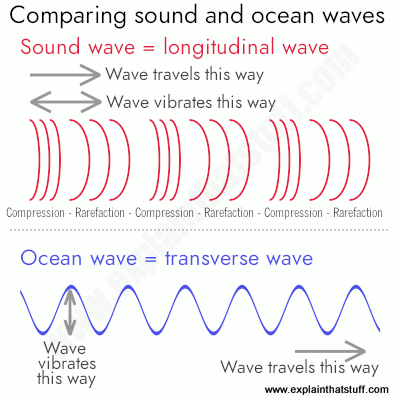
Sound The Science Of Waves How They Travel How We Use Them

Sound The Science Of Waves How They Travel How We Use Them

What Is Sound Characteristics Of Sound Waves Propagation Of Sound Can Sound Travel In Space And Faqs
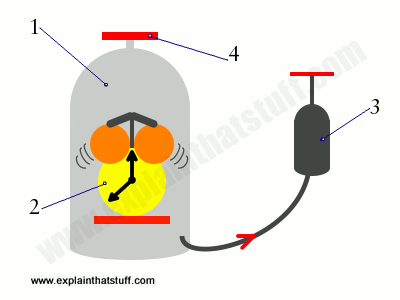
Sound The Science Of Waves How They Travel How We Use Them

Speed Of Sound Video Sound Khan Academy

Speed Of Sound Definition Formula Factors Affecting The Speed Of Sound And Faqs

Sound Facts Science Trek Idaho Public Television
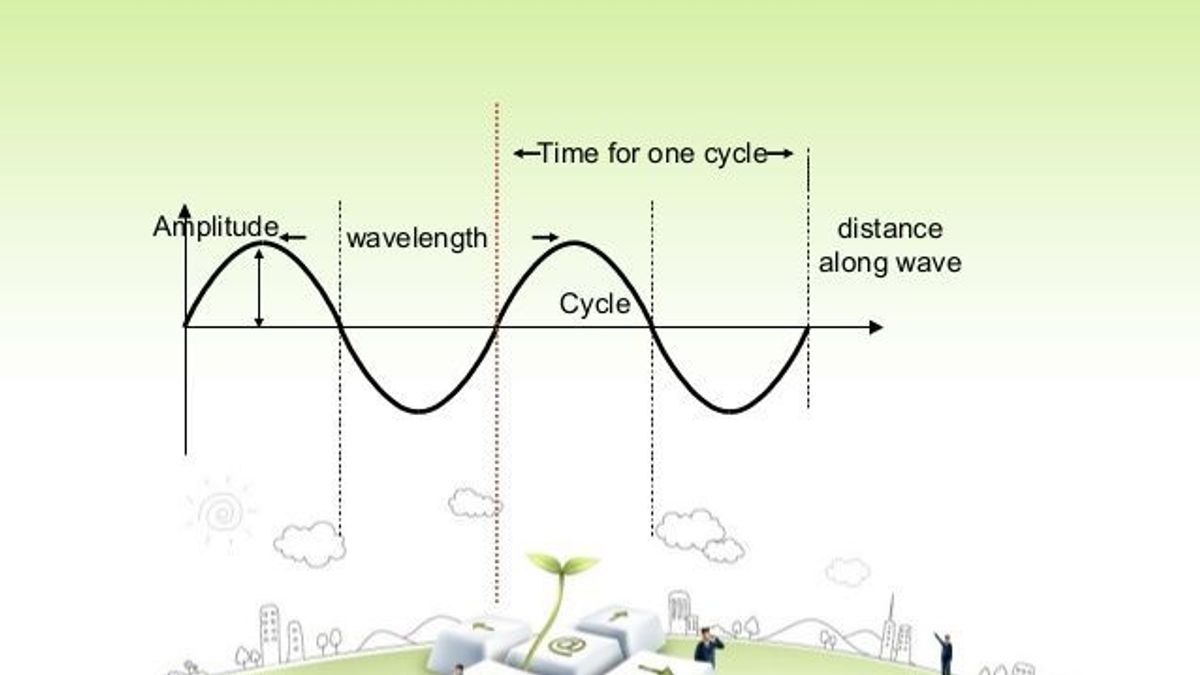
What Are The Characteristics Of Sound Waves
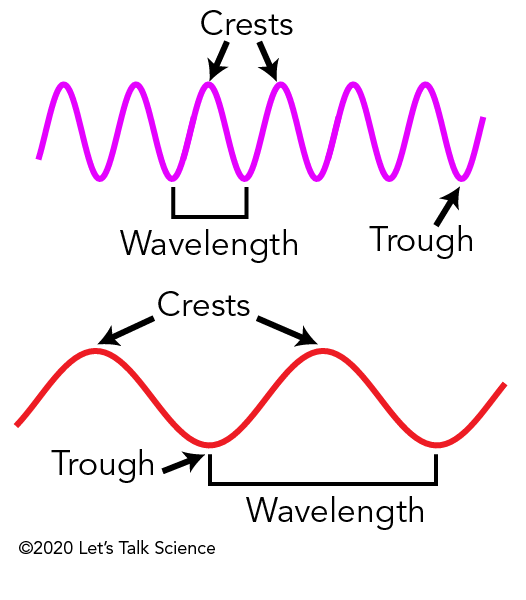
Light And Its Properties Let S Talk Science
Mechanical Waves And Light Waves Sound Waves

How Does Sound Travel Poster Science Sound Teaching Sound Science Teaching Resources Teaching Science

How Does Sound Travel Poster Science Sound Teaching Sound Science Teaching Resources Teaching Science

How Does Sound Travel Poster Science Sound Teaching Sound Science Teaching Resources Teaching Science

How Does Sound Travel Lesson For Kids Video Lesson Transcript Study Com
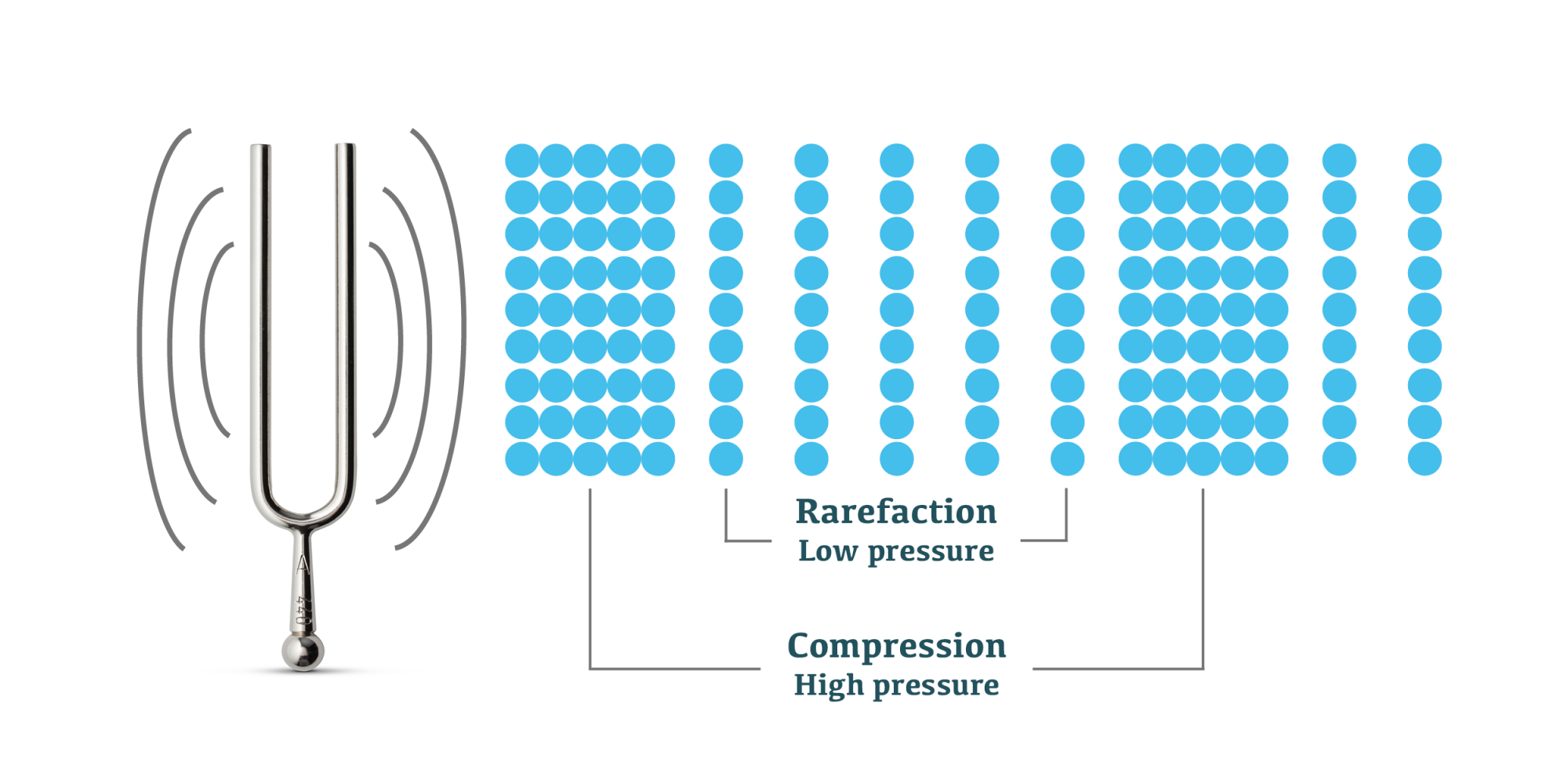

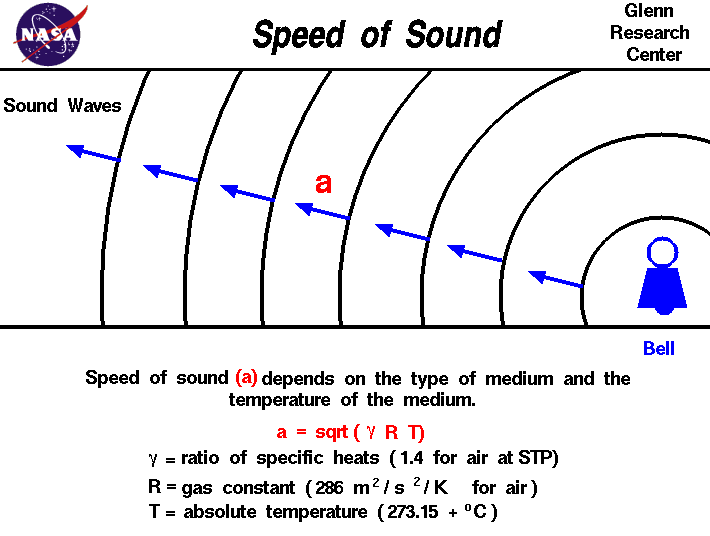
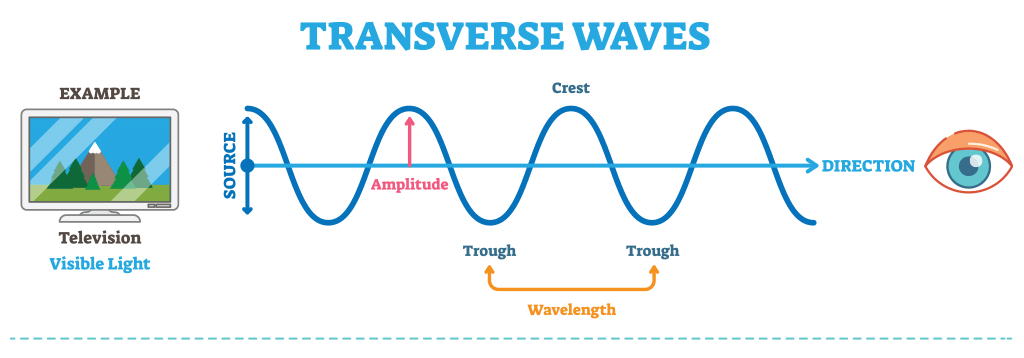
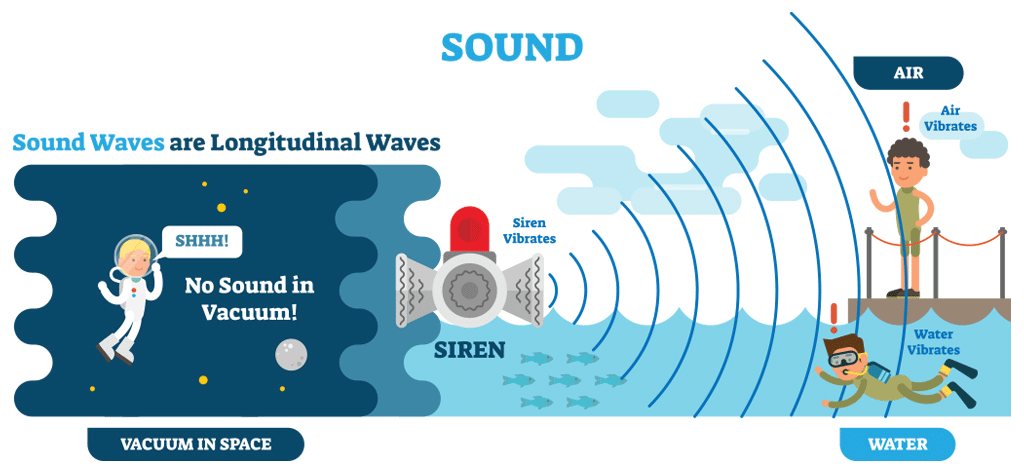
Comments
Post a Comment